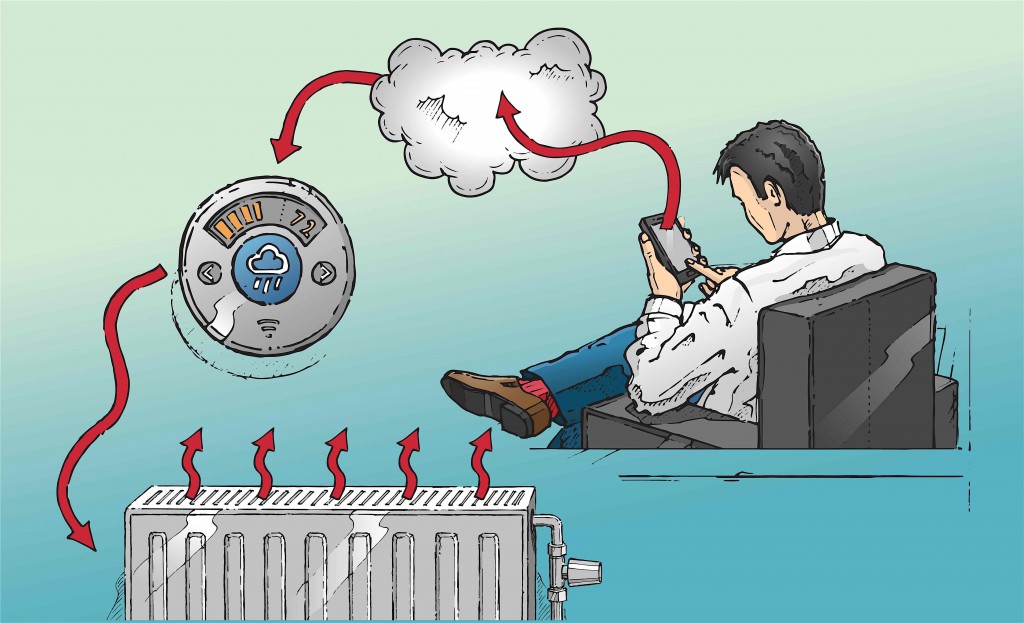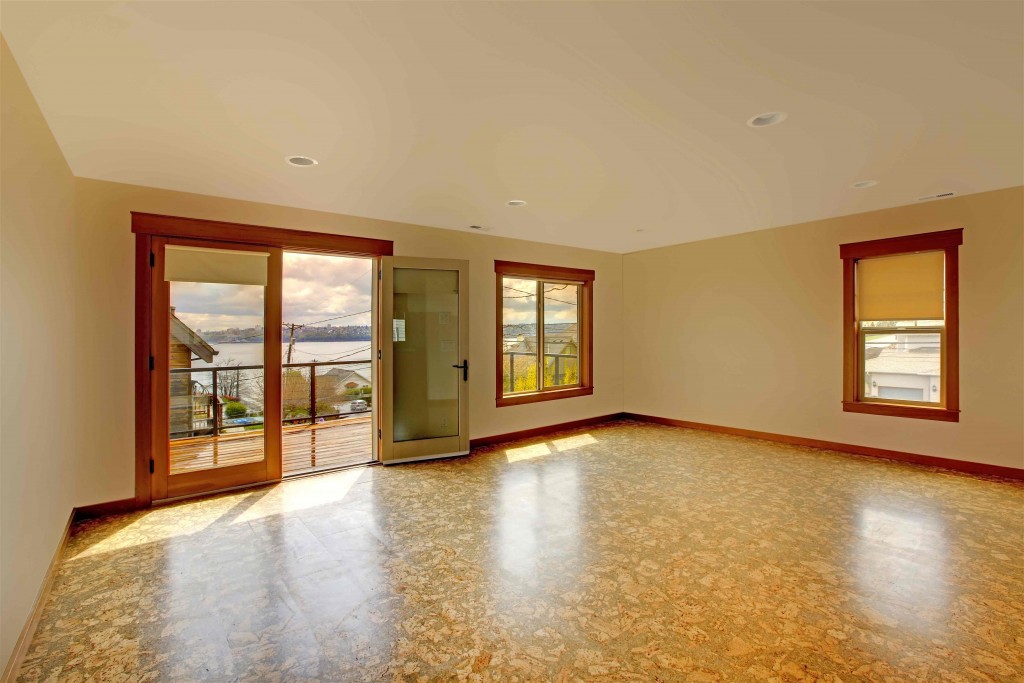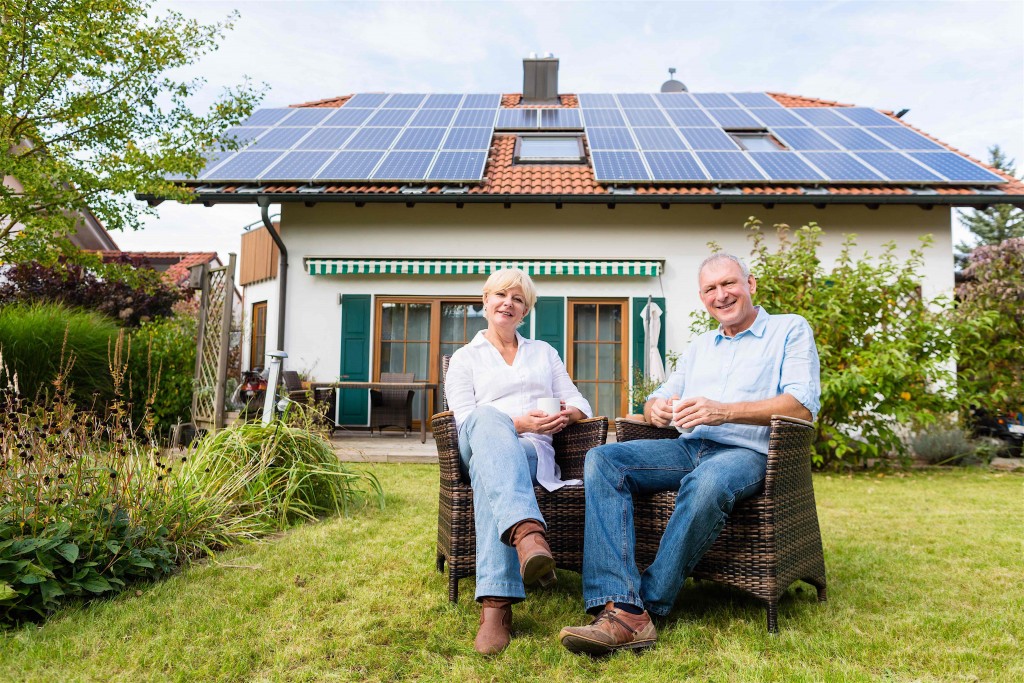The hottest real estate renovations this summer all come in the form of green home improvements, otherwise known as greenhabbing. These innovative upgrades can significantly enhance the value of your home, including reducing the monthly costs associated with running it. Additionally, these summer home renovations are accompanied with various tax credits.
For homeowners considering going green, a sustainable home may result in the following advantages:
- Eligible for many different types of incentives including rebates and tax credits;
- Green homes will appraise much more than traditional homes, usually 10 percent higher than non energy-efficient homes;
- Demand for green homes is much higher than non-green homes;
- For investors, energy efficient homes have lower holding costs, which can significantly reduce costs when flipping.
This year’s summer home renovations aren’t complete without some type of energy efficient upgrades. For homeowners and real estate investors, greenhabbing will not only lower your carbon footprint, but result in larger profits supported by additional credits and tax breaks.
Part Two of this summer home renovation series will outline the best home upgrades in terms of energy efficiency, including explaining why homeowners and investors should partake in them. There are even a few summer DIY projects you may want to consider.
Going Green With Summer Home Renovations: Top 10 Projects
The first step when considering going green with summer home renovations should be to obtain an energy efficiency audit. In essence, this will not only provide a foundation of where you stand in terms of energy consumption, but highlight areas in which you can improve. For homeowners curious to know where they stand, the Environmental Protection Agency (EPA) offers the Home Energy Yardstick, a self-audit guideline for homeowners to measure their annual energy use.
From necessity to massively innovative, the following highlights the best summer home renovations for going green:
Summer Home Renovation: Necessity

1. Insulation
First things first, check the insulation of your home. One of the first steps to ensuring an energy-efficient home is checking the current status of your home’s insulation, including sealing any air leaks throughout the house. According to Energy Star, adequate insulation is one of the most cost-effective home improvements that can be completed. Homeowners should consider eco-friendly options such as loose-fill fiberglass insulation. Along with improving the home’s insulation, this option can lower your energy bill by nearly 10 percent. In addition, this summer home renovation is eligible for a tax credit, which includes 10 percent of the cost, up to $500.
2. ENERGY STAR Appliances
Homeowners seeking energy efficiency should look no further than ENERGY STAR appliances. These eco-friendly products utilize advanced technologies to reduce their energy consumption. On average, ENERGY STAR appliances will save homeowners approximately 10 to 50 percent more than typical home appliances, helping to save energy, save money, and reduce emissions.
ENERGY STAR qualified light bulbs, for example, are 75 percent more efficient than incandescent bulbs. In addition, they’re more cost-effective. While a generic LED lightbulb will cost homeowners about $10 compared to $0.50 for incandescent bulbs, they last 25 times longer — the annual energy costs of an LED lightbulb is $0.44 compared to traditional light bulbs of $19.70, which means the cost savings of LED lighting is found in the payback period. Additionally, LED lighting is mercury-free and cool to the touch.
3. Smart Thermostat
One of the best summer home renovations to make this year is switching your traditional thermostat with a smart one. Believe it or not, you can now have greater control over your home’s temperature via a tablet, smartphone or desktop. For example, the Nest Smart Thermostat is designed to adapt your home’s temperature to your behavior, monitoring your habits to create a personalized cooling and heating schedule. Another feature is motion sensors, which help to detect when your home is occupied or empty.
Summer Home Renovation: Intermediate

4. Green Flooring
What better way to commence your summer home renovations than by installing green flooring. As an eco-friendly alternative to traditional flooring, this option offers a combination of healthy and environmental benefits for homeowners, including eliminating the use of harsh chemicals and indoor pollutant levels. In addition, the majority of green flooring is sustainably sourced.
Homeowners generally have three options in terms of green flooring: cork flooring (very resilient and eco-friendly), carpet tiles (made from 80 percent post-consumer recycled poly fiber) and bamboo (renewable, durable and attractive).
5. Direct-Vent Fireplace
Put a new spin on the traditional fireplace by adding a more eco-friendly choice: a direct-vent fireplace. Not only are they more efficient than your typical fireplace, but they’re safer and more versatile.
The way a direct-vent fireplace works is simple; instead of using indoor air for combustion, a direct vent fireplace pulls air from outside through an outer chamber while the inner chamber exhausts fumes. According to HGTV, the “natural flow of heat creates a convection loop. ” The advantages of a direct-vent fireplace are very compelling, as it’s not only cleaner, but more efficient.
6. Green Countertop
Another viable option for going green is installing eco-friendly countertops. While there are countless choices of sustainable building material one could use, the top eco-friendly countertops include terrazzo, a green countertop made with chips of recycled glass cast into a concrete slab, salvaged wood, bamboo, recycled paper, bio-glass, stainless steel and concrete.
7. Energy-Efficient Refrigerator Compressor
There are an estimated 60 million refrigerators over 10 years old currently in use in the United States, costing consumers $4.7 billion a year. Thanks to various improvements, today’s refrigerators use a considerably less amount of energy than older models, but it’s not enough. For homeowners to reap the real energy saving rewards, they should consider replacing their old fridge with an ENERGY STAR certified one. Not only are they nine to 10 percent more energy efficient than other models, but homeowners will save between $35 – $300 on energy costs over its lifetime.
Taking things even further, Whirlpool has developed the next energy efficient refrigerator using a linear compressor and other novel features, resulting in a 25 percent reduction in energy use.
“If every refrigerator in the U.S. were replaced with the advanced refrigerator design, the projected primary energy savings would be 0.56 quads per year — the equivalent of 100 million barrels of oil,” said Ed Vineyard, director of ORNLs Building Technologies Research & Integration Center.
Summer Home Renovation: Innovative

8. Reflective Roofs
A roof plays a critical role in heating and cooling a home’s temperature. Because the standard roof can reach temperatures of 150 degrees, your next summer home renovation should be installing a reflective roof, also known as a cool roof.
A cool roof is designed to reflect more sunlight and absorb less heat than traditional roofing material, helping to not only keep a roof cooler, but save energy and money by using less air conditioning. Benefits of cool roofs include: improving indoor comfort, decreasing roof temperatures, which can also assist in extending the roof service life, and reducing energy bills. To top it off, homeowners may be eligible for a tax credit of 10 percent of the cost, up to $500.
9. HVAC Systems & Upgrades
The majority of a home’s energy costs come from heating and cooling it. The average homeowner spends approximately $2,200 a year on utility bills with half of that cost attributed to heating, ventilation and air condition (HVAC). For HVAC equipment older than 10 years, ENERGY STAR recommends having it evaluated by a professional.
One summer home renovation to consider is installing a solar water heater. Not only is this considered a “capital improvement” which means a 10 percent deduction on costs including installation, but a 30 percent tax credit can be applied. Unlike standard water heaters, a solar-heated water tank operates with electric, natural gas or propane backup systems.
10. Solar Panels
For homeowners and investors alike, the best option to maximize summer home renovations is adding solar. As the embodiment of going green, installing solar panels can produce significant tax deductions, including overall return on investment. In addition, adding solar to a home can add on an average $26,000 to the resell value of a home. According to EnergyStar.Gov, tax credits for solar energy systems are available at 30 percent through December 31, 2019.
Finding the right summer home renovations to implement isn’t easy, but the aforementioned ideas provide homeowners with energy saving options and tax incentives. Going green isn’t a fad, but rather a lifestyle, and homeowners should understand what eco-friendly improvements can be made to their own home.
